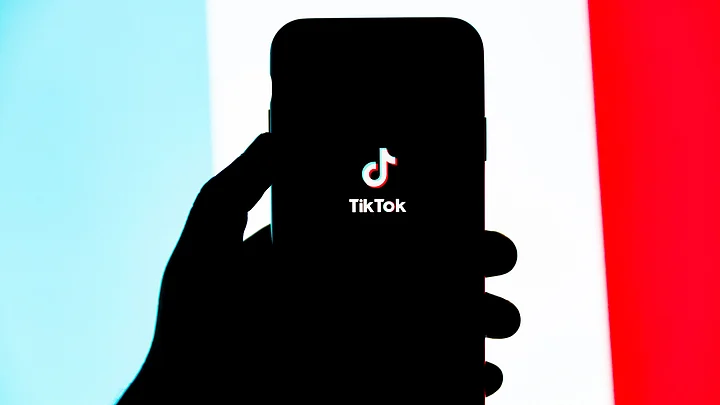Google Search and Google Maps are fading in popularity among younger generations, since they often end up using apps like TikTok and Instagram, when searching for something online.
This was revealed by Senior Vice President Prabhakar Raghavan, who is in charge of Google’s Knowledge and Information organisation, at Fortune’s Brainstorm Tech conference on Tuesday, 12 July.
“In our studies, something like almost 40 percent of young people, when they’re looking for a place for lunch, they don’t go to Google Maps or Search,” said Raghavan, “They go to TikTok or Instagram.”
These figures are coming from an internal research study by Google of United States users between the ages 18 to 24, as told to TechCrunch. These numbers might be made public later on Google’s competition site.
'Visually Rich' Forms of Discovery
These statistics aren’t hard to believe, however, when combined with data from Cloudflare, which shows that TikTok beat Google in 2021 as the most visited domain in the world, regardless of the TikTok ban in India (which used to be its biggest market overseas).
TikTok and Instagram aren’t the only show stealers. Fifty-five percent of product searches now begin on Amazon, according to a survey commissioned by BloomReach.
Young users are more interested in “visually rich forms” of discovery, Raghavan explained at the conference.
Google Maps right now isn’t relatable to them, he said, because it’s designed to resemble a paper map on a phone – while this worked for older generations, newer ones have never even seen a paper map in real life.
This could be concerning for Google in the long run, as this trend could begin to replicate with more apps, with people beginning to consider starting their queries on other platforms instead of Google, leading to the loss of its reputation as the go-to for anything you need to know.
This also means that work done by the company to make Google the know-it-all that consumers love, like adding discovery tools to Maps, and curations of local businesses and restaurants, could be wasted on the new generation of users.
Also, money comes into the picture. Alphabet currently makes most of its money through advertising enabled by Google Search and losing out on users could spell disaster.
For now, as it’s still making big numbers – Alphabet’s annual filings showed that Search, Maps, GMail, and Play, yielded $149 billion in revenue.
Google’s Plans To Cope With Change
Google has decided to become part of the change by working on deals with TikTok and Instagram, to be able to index content from these sites in search results. It already does this with tweets.
Being able to strike a deal with these companies will allow their search results to remain relevant, by ranking TikToks that answer the search query and presenting them to the user.
Raghavan also mentioned that Google is using technologies like AI to pull up relevant video-based search results.
He gives the example of searching for “how to change a tyre" and the engine giving results comprising of a video clip that shows the highlights of how to get this done.
Google also seems to be taking advantage of augmented reality to add a visual aspect to their products, with features like street view on Maps, which can make user experience more immersive.
“We have to conjure up completely new expectations and that takes altogether new technology underpinnings,” Raghavan said, about the need to innovate to stay relevant.
(With inputs from TechCrunch and Fortune.)
(At The Quint, we question everything. Play an active role in shaping our journalism by becoming a member today.)
